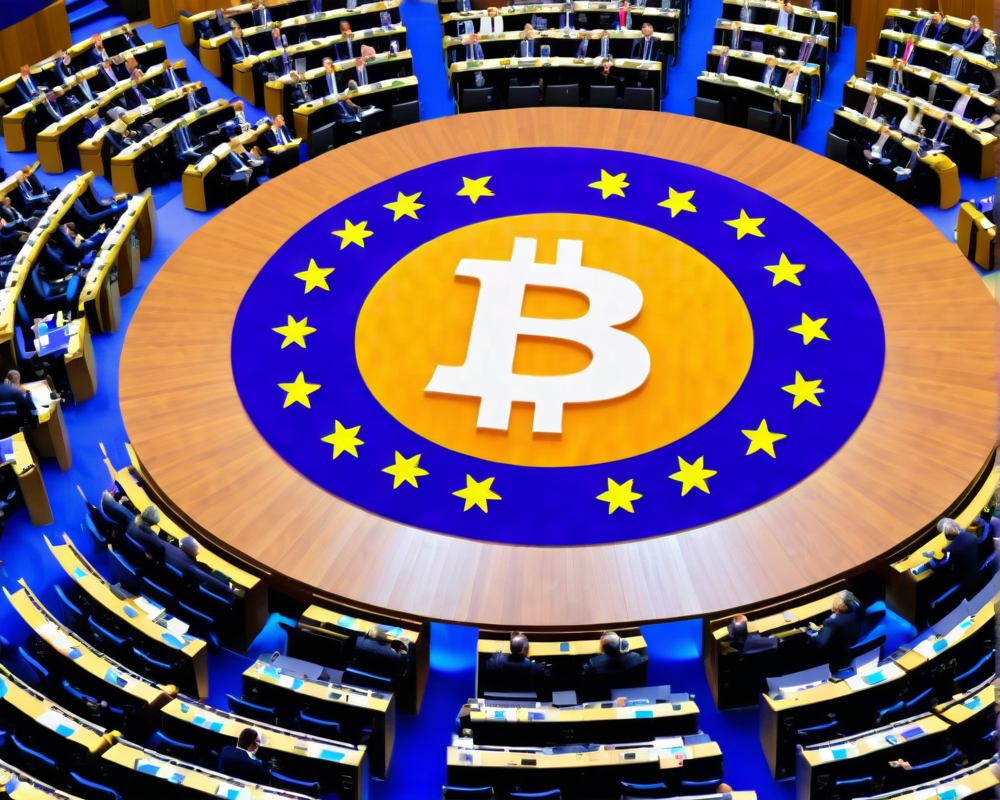When Spending Goes Wild: A Memecoin Story
In the wild world of cryptocurrencies, one trader has turned heads (and wallets) by paying an outrageous 64 Ether, equating to an eye-popping $119,157, just to secure a piece of the latest memecoin craze, FOUR. With $155,000 worth of FOUR tokens at stake, this transaction has raised a collective eyebrow throughout the crypto community.
Transaction Breakdown: Crazy Numbers
According to the blockchain watchers at Whale Alert, the trader executed a swap of 84 Wrapped Ether (WETH) into a staggering 13.8 billion FOUR tokens. That’s not just a normal Friday purchase; that’s high-stakes trading! But wait, there’s more—who would willingly fork over such a hefty fee?
The Price of Speed
It seems this trader was in a hurry. They voluntarily jacked up their gas fee to expedite the transaction. While that’s commendable for urgency, it raises the question: is the thrill of a memecoin worth almost a sixth of its value in fees alone? According to the well-informed (and slightly mysterious) Twitter user FlurETH, this gambler is currently sitting on an unrealized profit that makes most of our savings look like pocket change—approximately 133 ETH, or about $245,667!
The Gas Fee Debate: A Dual Perspective
Gas fees on the Ethereum network have ignited fiery debates among enthusiasts and skeptics alike. Some supporters hail the increased activity as a boon, attributing it to revenue generation and long-term deflation as transaction volumes rise. Meanwhile, critics insist that sky-high fees could deter mass adoption. To put this in perspective, the average Ethereum transaction fee has shot up to around $22.98, nearing its previous peak of $31.11, last seen in May 2022. Yikes!
Meet the MEV Bots: The Sandwich Attackers
Enter the infamous maximal extractable value (MEV) trading bots that are wreaking havoc (and greedily cashing in) on this whirlwind of memecoin trading. One particularly notorious bot known as jaredfromsubway.eth, has been a standout. With a taste for higher profits, this bot pulled in a jaw-dropping $950,000 just from sandwich attacks on April 18th—yes, you heard that right, the kind of money some of us dream about!
The Sandwich Attack Explained
A quick crash course: a sandwich attack happens when a bot ‘sandwiches’ a victim’s transaction between its own to manipulate the buying price for profit. This cunning strategy has made Jared one of Ethereum’s largest gas consumers, accounting for 7% of total gas usage on April 20 alone, racking up 455 ETH in fees. Talk about making an entrance!
The Future of Gas Fees: What Lies Ahead?
So, as we dive deeper into this ongoing memecoin mania, the questions keep flowing: will fees stabilize? Will more traders risk their fortunes for speed? And will the Ethereum network adapt to tackle the growing concern over affordability? Buckle up, folks. It seems this ride is far from over!




